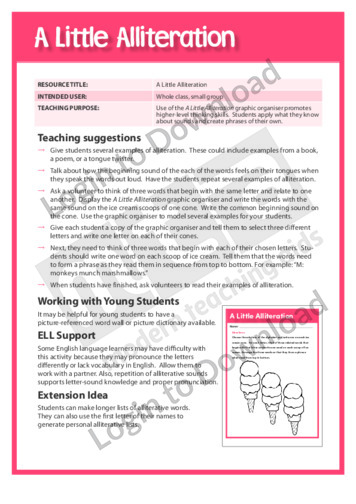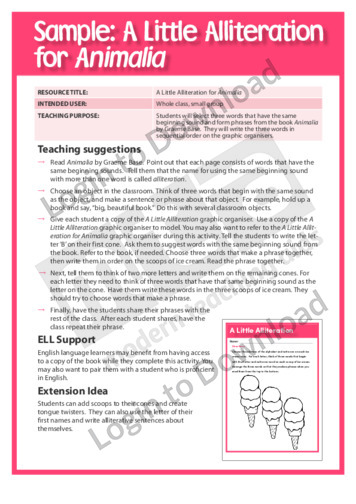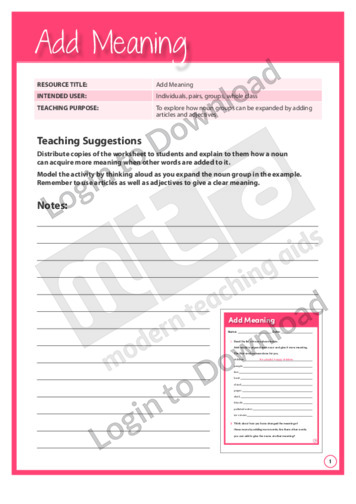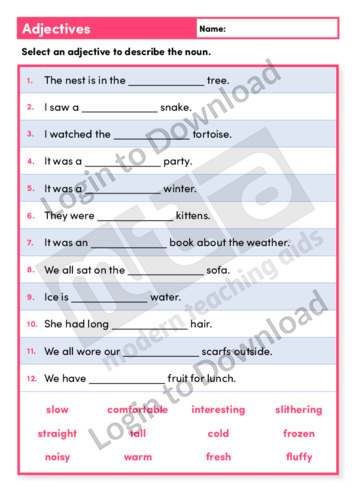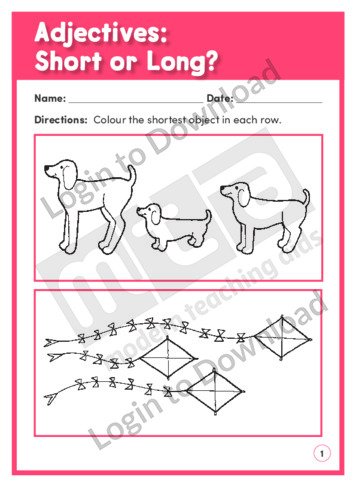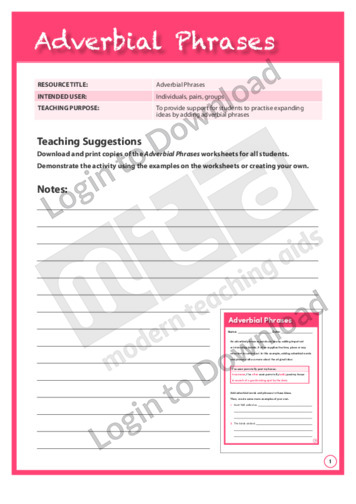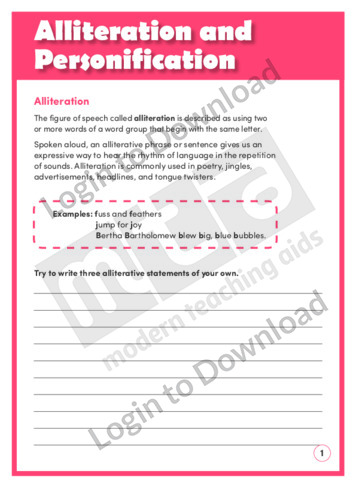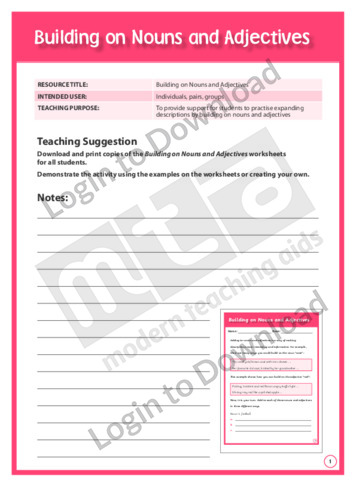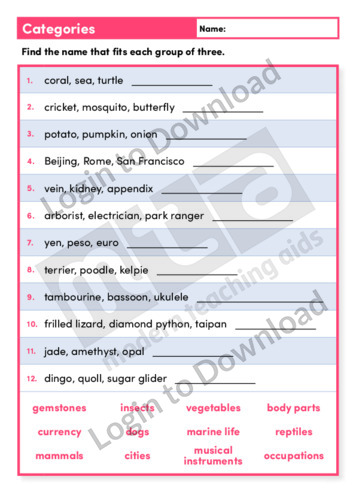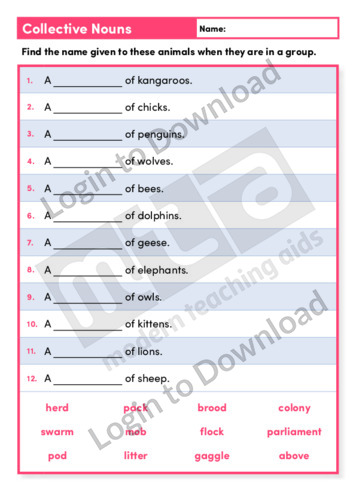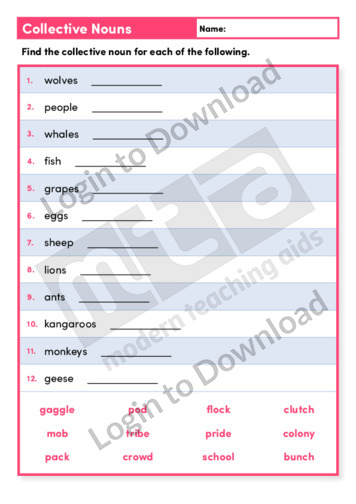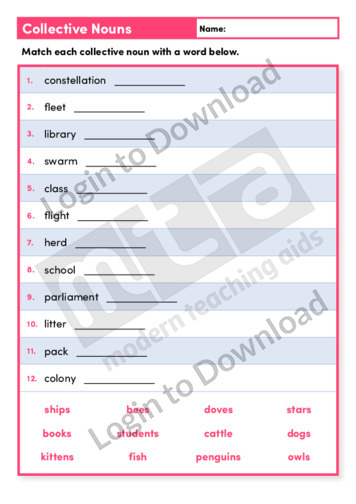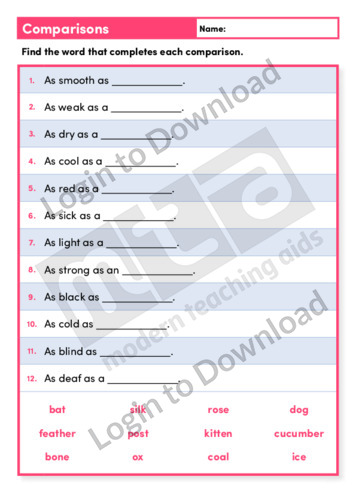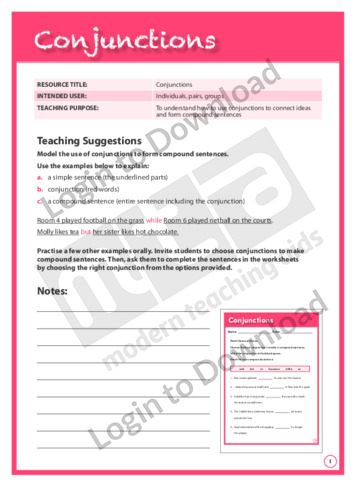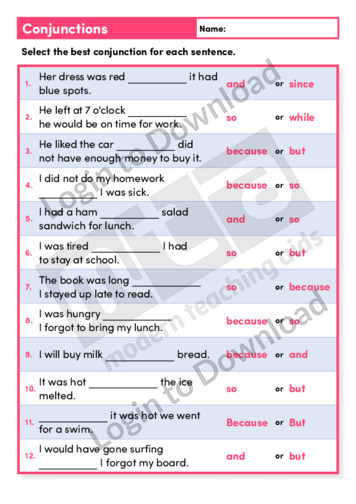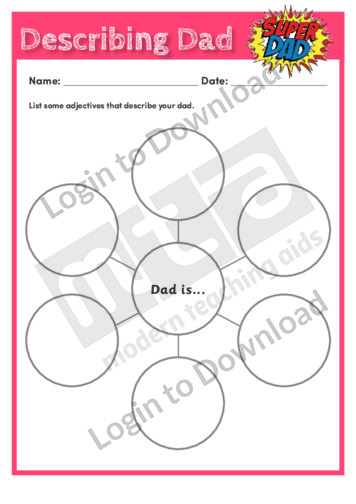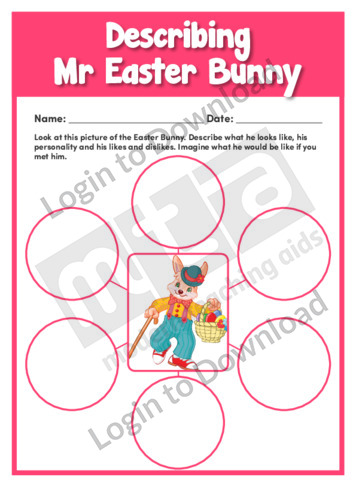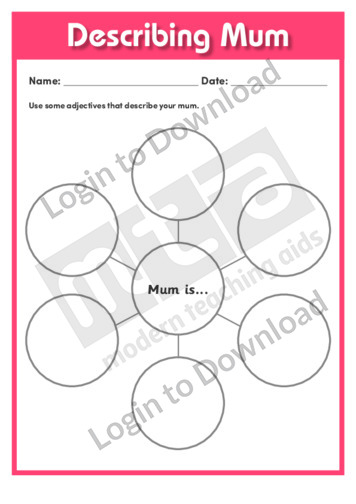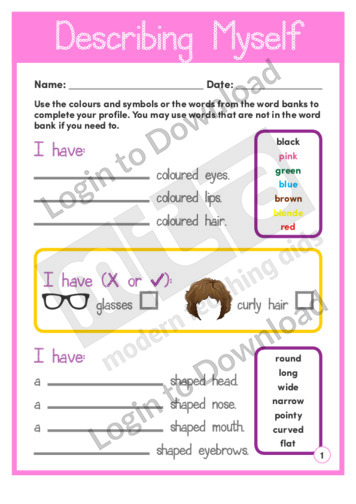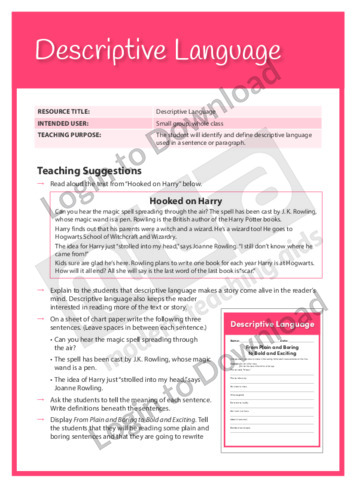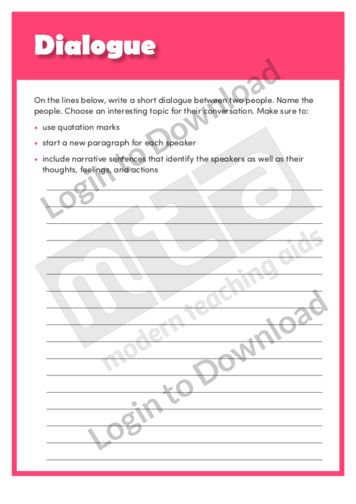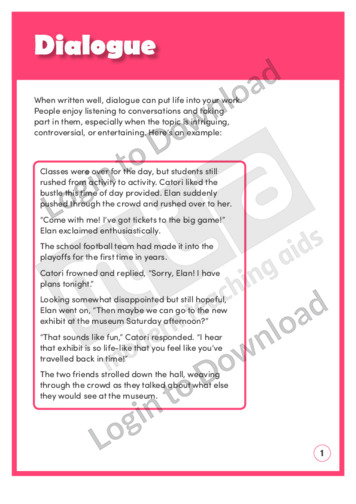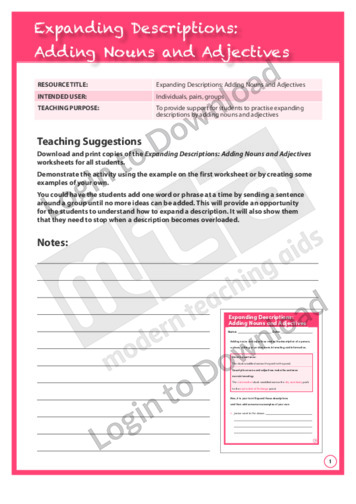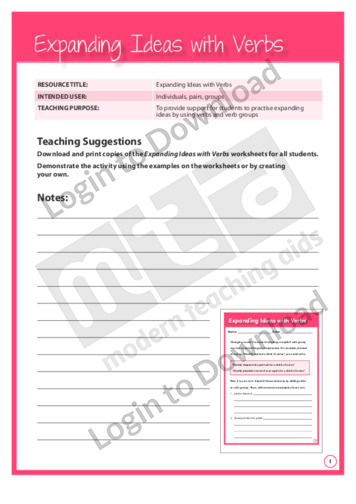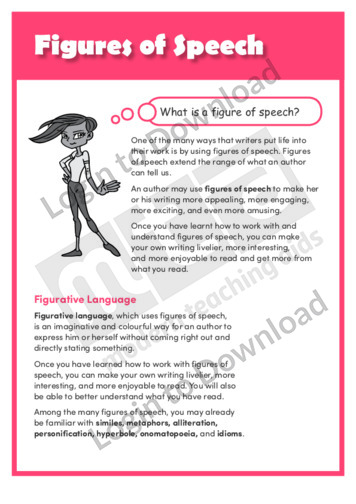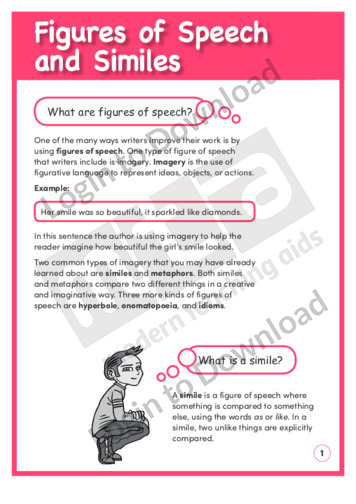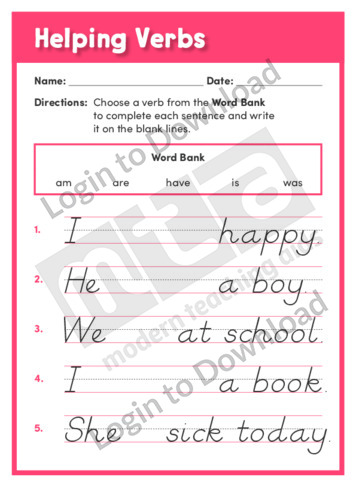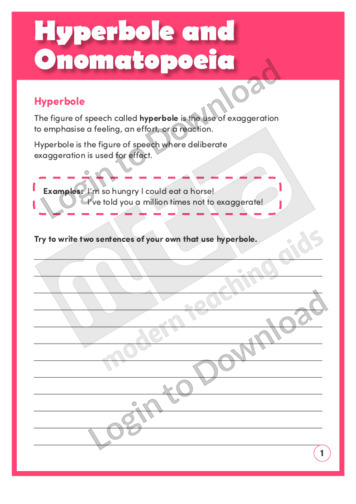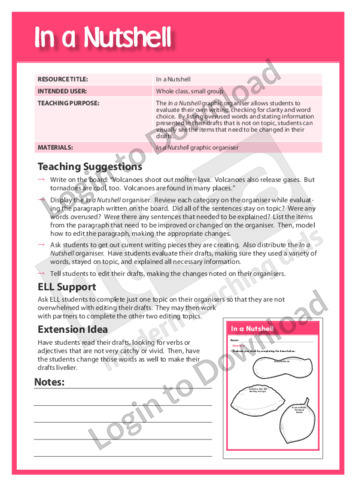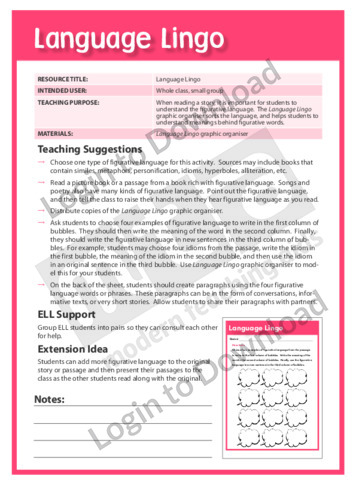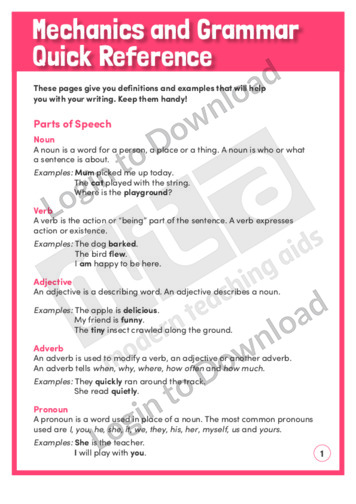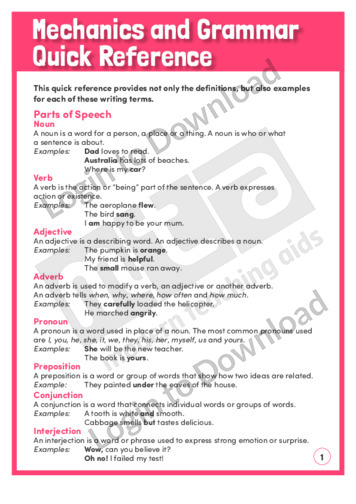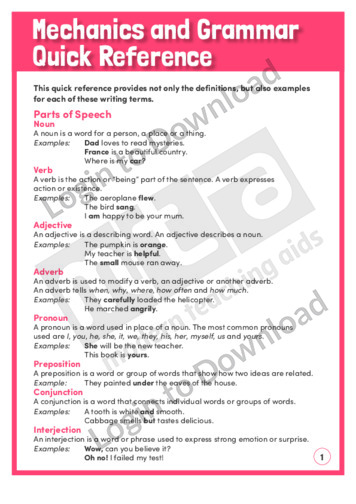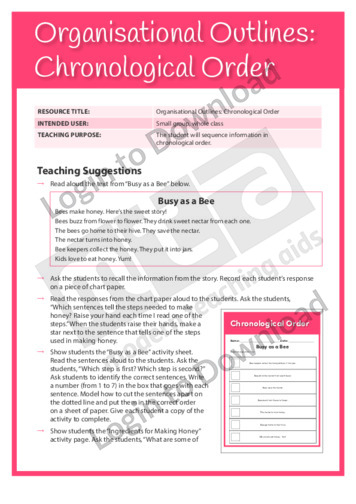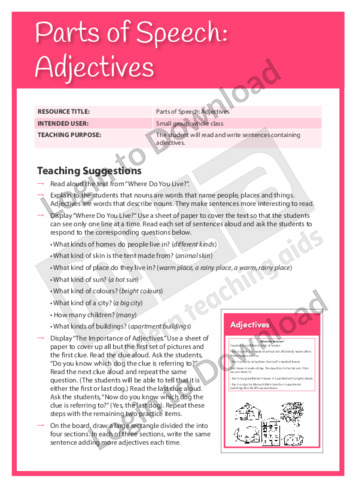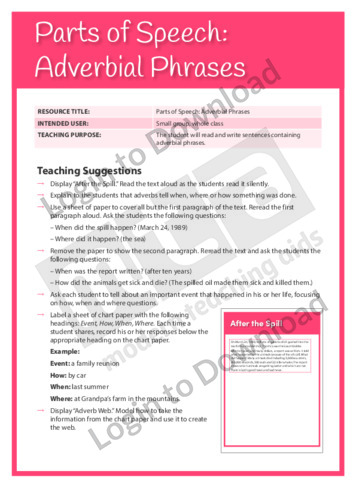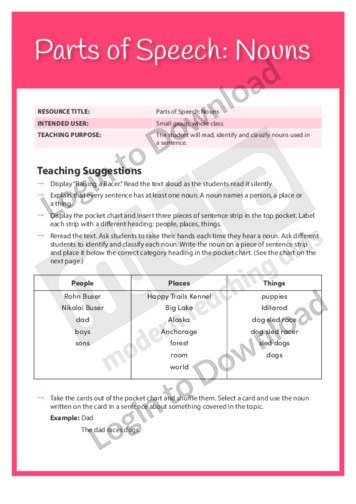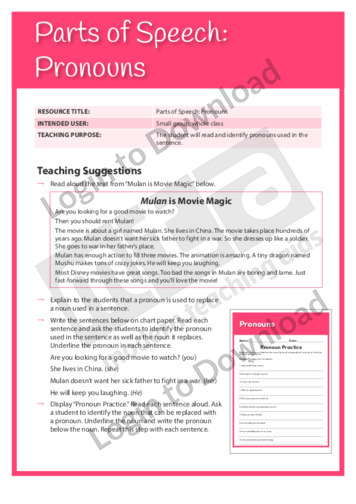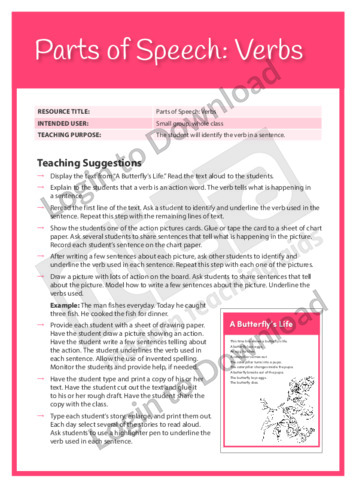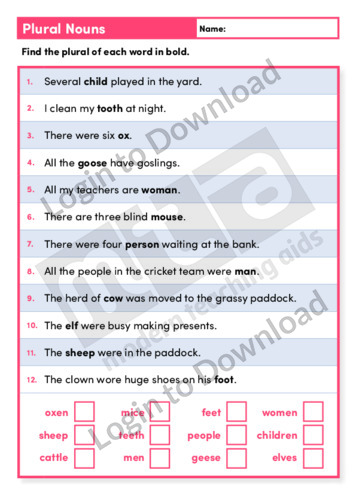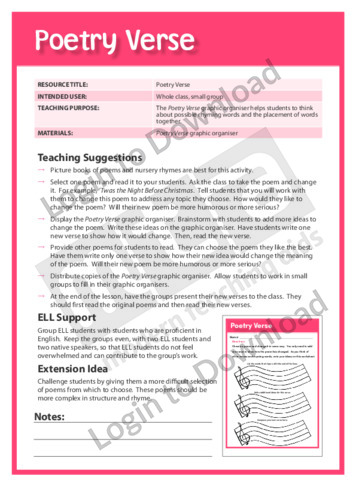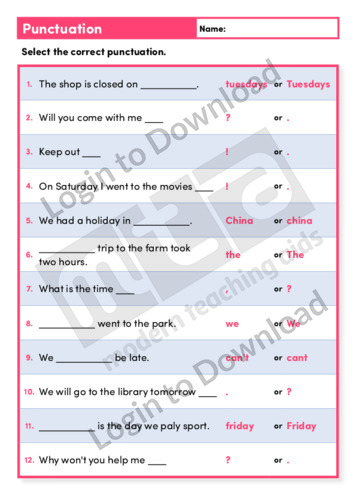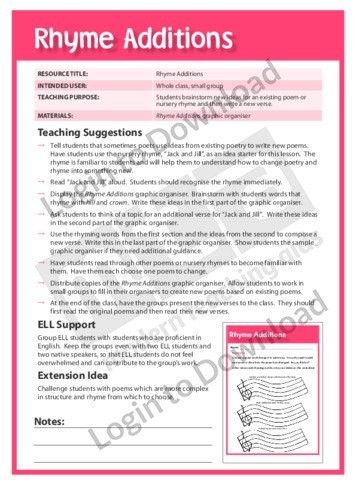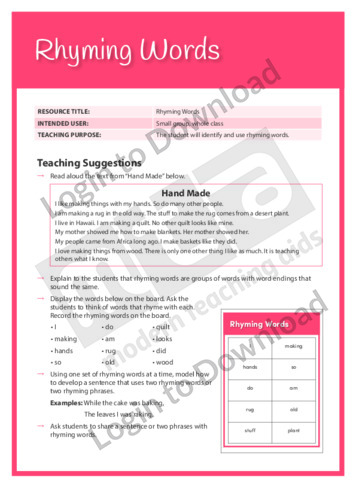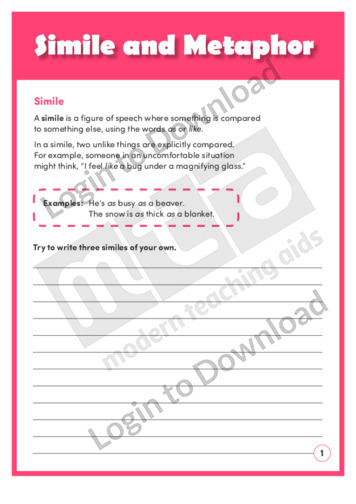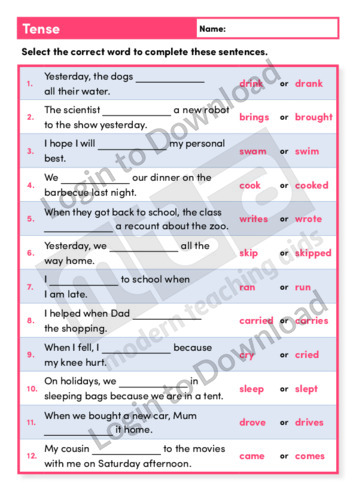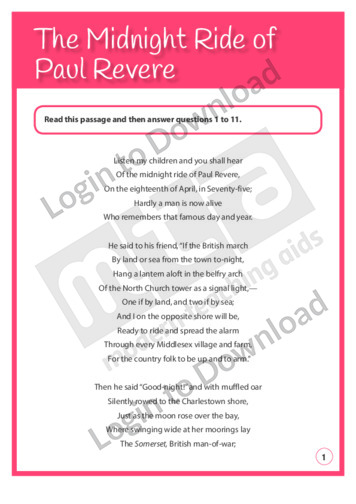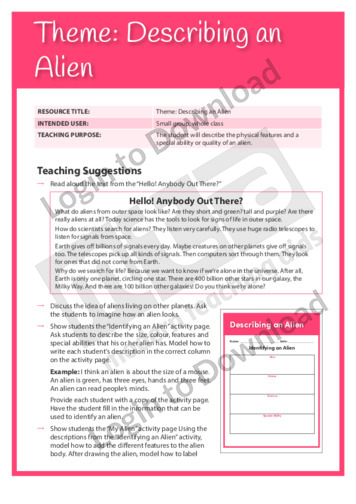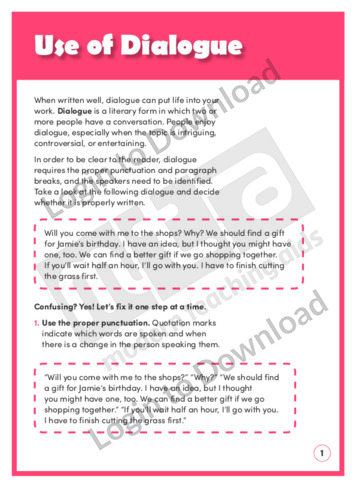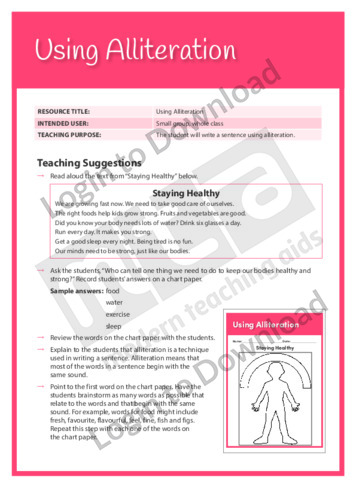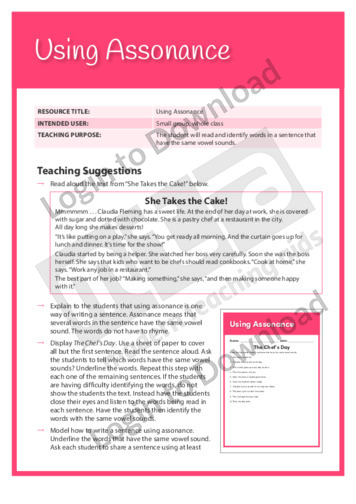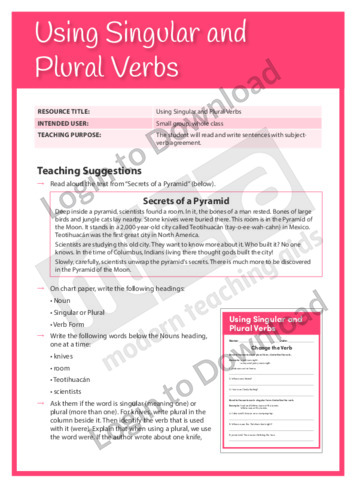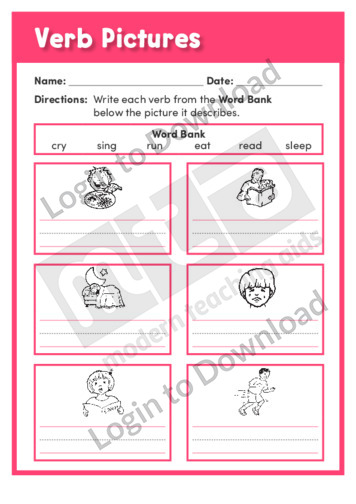This graphic organiser, ‘A Little Alliteration’ asks students to apply what they know about sounds to create alliteration phrases of their own.
This graphic organiser, ‘A Little Alliteration for Animalia’ asks students to select three words that have the same beginning sound and form phrases from the book Animalia by Graeme Base, then write the three words in sequential order.
This vocabulary activity, ‘Add Meaning’ supports language development by encouraging students to explore how noun groups can be expanded by adding articles and adjectives. It is aimed at developing students’ awareness of noun groups through an activity in which students will add words to expand the meaning of a noun.
This reading activity, ‘Adjectives’ provides opportunities for practice with using adjectives to describe nouns.
This word study activity, ‘Adjectives: Short or Long?’ asks students to identify the shortest object in a row of objects that have different lengths. It is aimed at developing students’ knowledge of adjectives and how an adjective is a word that describes a noun or a pronoun.
This written language activity, ‘Adverbial Phrases’ supports language development by encouraging students to practise expanding ideas by adding adverbial phrases. It is aimed at developing students’ awareness of how an adverbial phrase expands an idea by adding important or interesting details.
This figurative language worksheet ‘Alliteration and Personification’ supports students to understand and use these figures of speech. It is aimed at introducing students to the principles of imagery and provides examples and space for students to practise using alliteration and personification to help make their writing more interesting and engaging.
This written language activity, ‘Building on Nouns and Adjectives’ supports language development by encouraging students to practise expanding descriptions and making them more interesting and informative by building on nouns and adjectives.
This vocabulary activity, ‘Categories’ supports vocabulary development by encouraging students to match categories to groups of nouns.
This reading activity, ‘Collective Nouns’ provides opportunities for practice with finding the correct collective nouns for the groups of animals.
This vocabulary activity, ‘Collective Nouns’ supports vocabulary development by encouraging students to identify the appropriate collective and common nouns.
This vocabulary activity, ‘Collective Nouns’ supports vocabulary development by encouraging students to match collective nouns to their appropriate plural nouns.
This reading activity, ‘Collective Nouns’ provides opportunities for practice with using collective nouns with their correct group of animals.
This vocabulary activity, ‘Comparisons’ supports vocabulary development by encouraging students to create similes using ‘as’.
This written language activity, ‘Conjunctions’ supports language development by encouraging students to understand how to use conjunctions. It is aimed at developing students’ awareness of conjunctions through an activity in which students have to connect ideas and form compound sentences.
This reading activity, ‘Conjunctions’ provides opportunities for practice with selecting the best conjunctions for various sentences.
This worksheet, ‘Describing Mr Easter Bunny’ gives students the opportunity to explore character development through brainstorming adjectives that describe the picture of Mr Easter Bunny.
This worksheet, ‘Describing Myself’ is a fantastic activity that introduces adjectives and parts of the body. Students must select from the word banks or use their own adjectives to describe the features of their face. After completing the description, they can then use these details to help them draw their own portrait. Younger students tend …More
This vocabulary activity, ‘Describing Words’ supports vocabulary development by encouraging students to the correct use of adjectives.
This Writing Traits activity, ‘Descriptive Language’ encourages students to identify and use descriptive language in a sentence.
This writing task worksheet ‘Dialogue’ supports students to write a short dialogue between two people. It introduces students to the principles of this literary form, covering proper punctuation, paragraph breaks and speaker identification.
This writing task worksheet ‘Dialogue’ supports students to write a short dialogue between two people. It aims at encouraging students to use dialogue to put life into their work and provides space for students to practise this form.
This written language activity, ‘Expanding Descriptions: Adding Nouns and Adjectives’ supports language development by encouraging students to practise expanding descriptions by adding nouns and adjectives. It is aimed at developing students’ awareness of how adding nouns and adjectives makes a description more interesting and informative.
This written language activity, ‘Expanding Ideas with Verbs’ supports language development by encouraging students to practise expanding ideas by using verbs and verb groups. It is aimed at developing students’ awareness of how changing a verb to a more interesting or explicit verb group can make their writing more expressive.
This quick reference chart ‘Figures of Speech’ shows students how figurative language can improve their writing. It is aimed at introducing students to the principles of imagery to help students make their writing more interesting and engaging.
This quick reference chart ‘Figures of Speech and Similes’ explains how figures of speech improve writing and how to use similes. It is aimed at introducing students to the principles of imagery and has a practical section on similes to help students make their writing more interesting and engaging.
This figurative language worksheet ‘Figures of Speech and Similes’ explains how figures of speech improve writing and how to use similes. It is aimed at introducing students to the principles of imagery and has a practical section on similes to help students make their writing more interesting and engaging.
This grammar activity, ‘Helping Verbs’ asks students to choose verbs to complete different sentences. It is aimed at developing students’ knowledge of verbs and how a verb describes an action or a state of being.
This figurative language worksheet ‘Hyperbole and Onomatopoeia’ supports students to understand and use these figures of speech. It is aimed at introducing students to the principles of imagery and provides examples and space for students to practise using hyperbole and onomatopoeia to help make their writing more interesting and engaging.
This graphic organiser, ‘In a Nutshell’ provides students with the opportunity to evaluate their own writing and identify areas for improvement.
This worksheet ‘Mechanics and Grammar’ provides students with definitions for different punctuation and sentence structures, as well as examples to help them with their writing.
This worksheet ‘Mechanics and Grammar Quick Reference’ provides students with definitions for different grammar terms and punctuation marks, as well as examples to help them with their writing.
Mechanics and Grammar Quick Reference’ provides students with definitions for different grammar terms and punctuation marks, as well as examples to help them with their writing.
This Writing Traits activity, ‘Organisational Outlines: Chronological Order’ encourages students to sequence information.
This Writing Traits activity, ‘Parts of Speech: Adjectives’ encourages students to read and write sentences containing adjectives.
This Writing Traits activity, ‘Parts of Speech: Adverbial Phrases’ encourages students to read and write sentences containing adverbial phrases.
This Writing Traits activity, ‘Parts of Speech: Nouns’ encourages students to read, identify, and classify nouns used in a sentence.
This Writing Traits activity, ‘Parts of Speech: Pronouns’ encourages students to identify and use pronouns in a sentence.
This Writing Traits activity, ‘Parts of Speech: Verbs’ encourages students to identify the verb in a sentence.
This grammar activity, ‘Pick a Verb’ asks students to choose verbs to complete different sentences. It is aimed at developing students’ knowledge of verbs and how a verb describes an action or a state of being.
This spelling activity, ‘Plural Nouns’ provides opportunities for practice with changing the singular form of the noun to the correct plural.
This spelling activity, ‘Punctuation’ provides opportunities for practice with correctly punctuating sentences.
This spelling activity, ‘Punctuation’ provides opportunities for practice with identifying the function of punctuation in a sentence.
This Writing Traits activity, ‘Rhyming Words’ encourages students to identify and use rhyming words.
This figurative language worksheet ‘Simile and Metaphor’ supports students to understand and use these figures of speech. It is aimed at introducing students to the principles of imagery and encourages students to describe something by comparing it to something else and space for students to practise using similes and metaphors to make their writing more …More
This reading activity, ‘Tense’ provides opportunities for practice with identifying the correct tense to complete the sentences.
This Poetry worksheet, ‘The Midnight Ride of Paul Revere’, features Henry Wadsworth Longfellow’s famous poem about the start of the American Revolution. It encourages students to use a variety of strategies to interpret the text and includes questions about comparison/contrast, vocabulary, sequence, detail, figurative language, vocabulary, author’s purpose, categorising, and literary devices. Answer sheet provided …More
This Writing Traits activity, ‘Theme: Describing an Alien’ supports students in learning to organise ideas and consider word choice in their writing.
This quick reference chart ‘Use of Dialogue’ supports students to correctly use direct speech in their writing. It aims at encouraging students to write dialogue, paying attention to correct punctuation, paragraph breaks and speaker identification.
This Writing Traits activity, ‘Using Alliteration’ encourages students to write a sentence using alliteration.
This Writing Traits activity, ‘Using Assonance’ encourages students to read and identify words in a sentence that have the same vowel sounds.
This Writing Traits activity, ‘Using Full Stops, Question Marks and Exclamation Marks’ encourages students to use the appropriate punctuation mark at the end of a sentence.
This Writing Traits activity, ‘Using Singular and Plural Verbs’ encourages students to read and write sentences with subject-verb agreement.
This quick reference chart ‘Using Special Type in Writing’ shows students how and when to use capital letters, italic type and bold lettering. It is aimed at introducing students to the principles of using special type to convey meaning and provides examples of using capital letters, italic type and bold lettering to add emphasis and …More
This grammar activity, ‘Verb Pictures’ asks students to choose and write verbs to describe different pictures. It is aimed at developing students’ knowledge of verbs and how a verb describes an action or a state of being.
It�s that easy!

